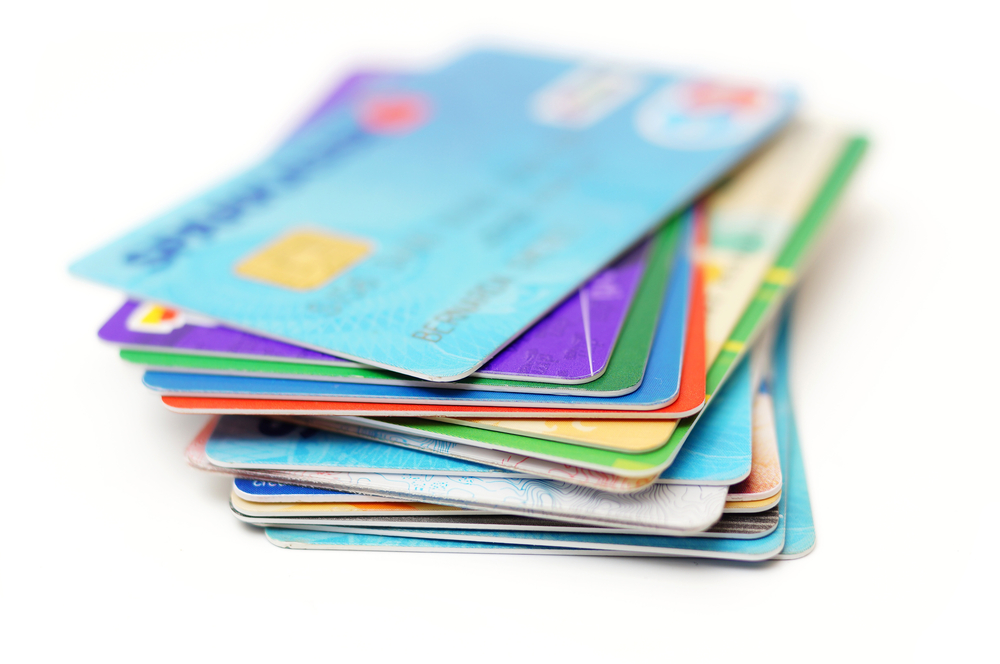Credit Cards & Loans
Credit card holders hit with £200m in cash withdrawal fees

Credit card users withdrew £2.7bn in cash from ATMs in the past year, paying lenders nearly £200m in fees for the pleasure, an investigation reveals.
In 12 months, credit cards were used to withdraw cash from ATMs nearly 20 million times.
The research by MoneyComms for TotallyMoney revealed that these cash advances set Brits back an extra £197.1m in fees. That’s a monthly average of £16.4m.
This is because most big lenders charge interest rates close to 30%, with additional charges of up to 5%, or a minimum of £3 when a customer uses a credit card to withdraw cash. They’re also usually exempt from 0% introductory offers, though typically allow up to 56 days to clear the balance, though interest kicks in from the day money is taken out, even if the statement is paid off in full.
A £20 withdrawal could cost holders up to £3.92, while the average cash advance of £137 could add up to £10.49 to the cost. For those making multiple smaller transactions, the fees can really add up.
However, recent YouGov data revealed just 44% of adults were aware that using a credit card to withdraw cash could result in added fees, higher interest rates or interest being applied from the start of the transaction.
The table below shows the cost of a cash advance transaction (source MoneyComms):
Cash-like withdrawal fees
It’s not just cash withdrawals the circa 36 million credit card holders need to watch out for.
High credit card fees can also be added to transactions that banks deem as ‘cash-like’. This includes paying for bills such as utilities or a mortgage, using buy now, pay later schemes, requesting cash back or buying foreign currency.
Given that 2.3 million low-income households used a credit card or borrowing to pay for essentials in the past two years, it’s essential to check the small print.
While cash advances don’t necessarily impact credit scores, they do appear on credit files and can act as a red flag to lenders, meaning people may also struggle to borrow in the future.
Further, those heading abroad should be extra vigilant as they could find themselves paying even more than when back home.
In addition to fees and higher interest rates, holders could be charged non-sterling transaction fees of 2.75%-2.99%, meaning an equivalent £200 currency withdrawal could cost an extra £25.15 (including 56 days interest).
Alastair Douglas, CEO of TotallyMoney said: “If you need quick cash and are thinking about putting your credit card in the ATM then think again.
“These transactions come with extra fees, often with a higher APR, and they can make it more difficult to borrow in the future.”
Douglas added that while the regulator has “overhauled overdrafts”, more needs to be done to raise awareness and simplify cash advances.
“Most customers don’t understand how they work, different lenders apply different fee structures, and only one in ten adults realise that using a credit card to pay for a utility bill could incur additional charges and higher interest rates,” he said.
Cash advance takeaways
Below Douglas shares five cash advance takeaways as credit card spending has risen year-on-year:
1) Withdrawals are expensive
Cash advances are more expensive than ‘normal’ credit card transactions. The average withdrawal of £137 could incur typical charges of £10.49.
Incurring multiple fees could hold you back from repaying debts quicker and creating financial momentum.
2) Interest-free periods unlikely to apply
Unlike regular credit card transactions, cash advance charges are immediate. Interest-free periods usually don’t apply, fees kick in right away, and interest starts accruing that day.
3) Foreign currency is classed the same as a withdrawal
Buying foreign currency is treated the same way by banks as ‘cash-like’ transactions. Review your statements and small print to make sure you don’t get caught out on holiday.
4) Know your limit
As lenders view withdrawals as a risky option, you’re likely to have a lower cash advance limit than the maximum available on the credit card.
So while you might think you can access the agreed credit limit, you may only be able to withdraw half as much cash.
5) Consider a loan or overdraft
Cash advances can impact your ability to borrow further down the line, as lenders treat them as a sign of bad money management.
If you need cash, consider using other options such as an overdraft, money transfer card or a loan. Use an eligibility checker before you apply and review your credit report to make sure information is correct.
